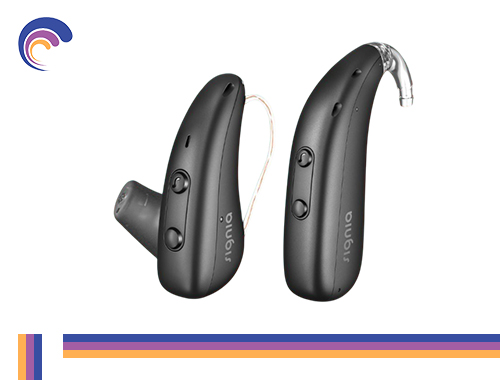
Importance of Ear Mould while fixing BTE Hearing Aid in Geriatric Patient
The ear mould plays a crucial role in ensuring the proper fit, comfort, and effectiveness of a Behind-The-Ear (BTE) hearing aid, especially in geriatric patients. It helps in reducing sound leakage, improving sound clarity, and providing a secure fit, which is essential for elderly individuals with sensitive skin or manual dexterity issues. A well-fitted ear mould enhances hearing aid performance and ensures better communication and overall quality of life for senior patients.
Ear molds are crucial when fitting a Behind-The-Ear (BTE) hearing aid for geriatric patients due to several reasons:
1. Proper Retention & Comfort
- Ensures the hearing aid stays securely in place, preventing it from falling out.
- Custom-fit molds provide comfort, reducing irritation or pressure points in elderly individuals with sensitive skin.
2. Optimal Sound Transmission
- Directs amplified sound efficiently into the ear canal, improving clarity and speech perception.
- Reduces sound leakage, ensuring better hearing aid performance.
3. Prevention of Feedback (Whistling Sound)
- A well-fitted ear mold minimizes gaps between the mold and ear canal, preventing sound leakage that causes feedback.
4. Customization for Hearing Loss Needs
- Ear molds can be made with different venting options to balance comfort and sound quality.
- Helps in managing high-frequency hearing loss or profound hearing loss, common in geriatric patients.
5. Ease of Handling
- Larger ear molds are easier to insert and remove, which is beneficial for seniors with dexterity issues or arthritis.
6. Durability & Maintenance
- Custom ear molds are made from materials like silicone or acrylic, providing longevity and ease of cleaning.
For geriatric patients, ensuring the correct size, material, and fit of the ear mold is essential for comfort, better hearing, and ease of use with a BTE hearing aid.
Keywords
- Importance of Ear Mould while fixing BTE Hearing Aid in Geriatric Patient